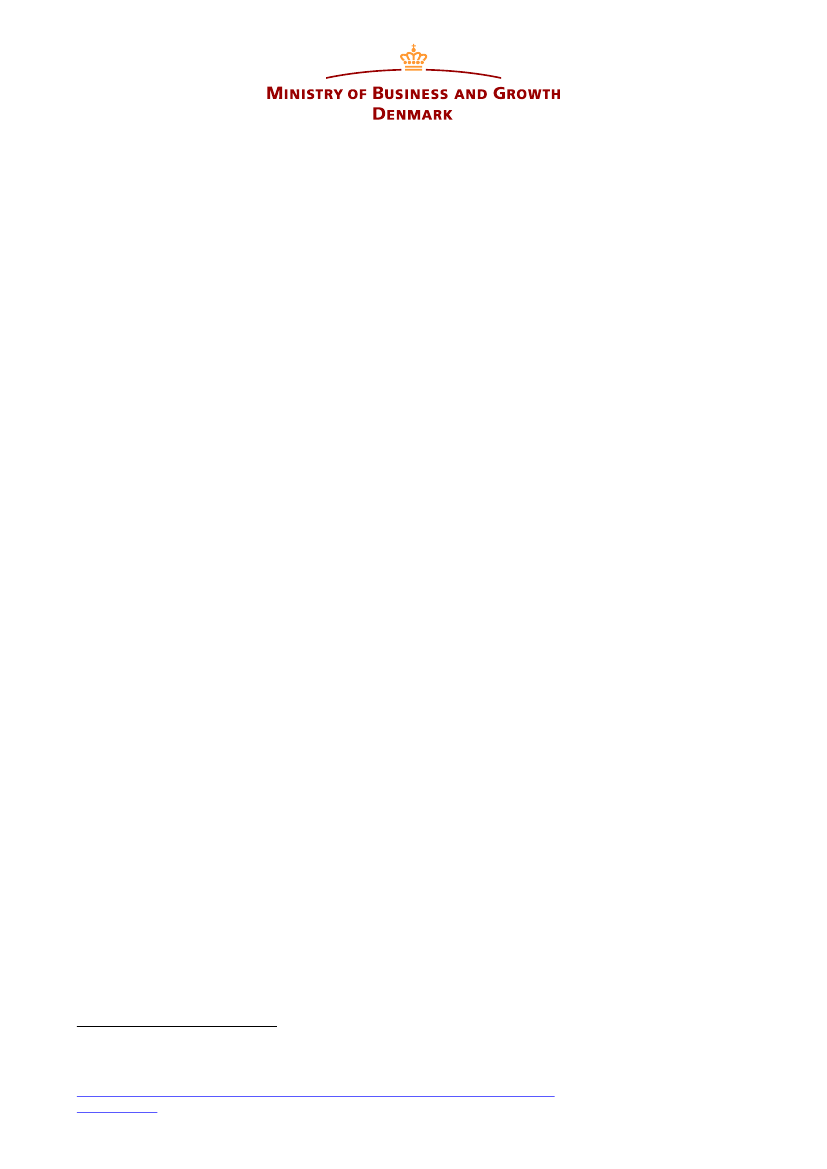
NON-PAPER
Interchange fee regulation and domestic debit card schemes
The regulation of interchange fees as proposed by the Commission may
help the payments framework to better serve the needs of an effective Eu-
ropean payments market, fully contributing to a payments environment
which nurtures competition and innovation. However, the regulation may
also have unintended and possibly harmful consequences for domestic deb-
it card schemes, that are in general cheaper than international card
schemes
1
and often subject to regulation on national basis.
Thus, it is important to ensure that the interchange fee regulation does not
impose regulation that may hinder a sound and cost efficient development
of the national card schemes. Following the assessments below the inter-
change fee regulation as a whole should therefore not apply to domestic
debit card schemes when the interchange fee in general is lower than the
proposed caps on interchange fees of 0,20 % when using debit cards.
The national card scheme in Denmark
The Danish card scheme, the Dankort, was launched in 1983 and is by far
the most used payment instrument in Denmark. Since 1988 is has been
possible to co-brand the Dankort with Visa meaning in practice that the
Dankort applies on all domestic transactions and the Visa card applies on
all foreign transactions.
Denmark is one of the countries with highest usage of payment cards per
capita. The number of transactions made solely with the Dankort per capita
exceeds the total number of card transactions per capita in UK, Nether-
lands, France and Belgium,
2
and around two thirds of all payments at the
point of sale (POS) is made with the Dankort and almost all Danish mer-
chants accept the Dankort.
For the Danish economy overall the Dankort is by far the cheapest solution
for card payments. This is primarily due to the large number of transactions
processed by the same card scheme and system in Denmark and that the
Dankort is a basic payment scheme without incentivising practices such as
free insurance, bonuses and rebates. The social cost per payment with a
Dankort amounted in 2009 to 0,40 € while the social costs of international
debit and credit cards amounted to 1,6 € and 2,8 € respectively.
3
1
2
IF-regulation, page 15.
ECB Blue Book and Nationalbanken.dk
3
“Costs of Payments in Denmark”, The Danish Central Bank, 2012:
https://www.nationalbanken.dk/en/publications/Pages/2012/04/Costs-of-payments-in-
Denmark.aspx